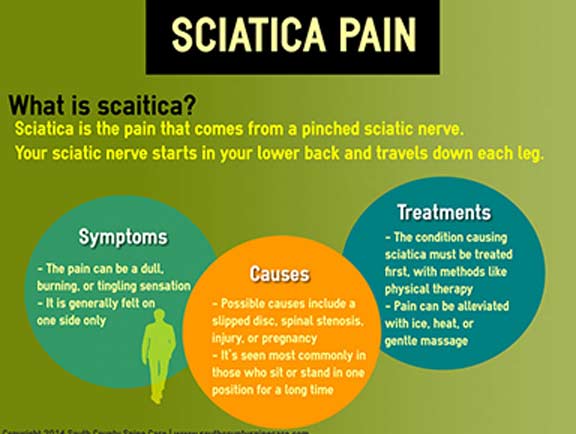The Relationship In Between Posture And Pain In The Back: Approaches For Preserving Appropriate Placement Throughout The Day
The Relationship In Between Posture And Pain In The Back: Approaches For Preserving Appropriate Placement Throughout The Day
Blog Article
Content By-Salisbury Thaysen
Keeping appropriate pose isn't almost staying up directly; it has to do with aligning your body in a way that supports your spinal column and decreases the danger of pain in the back. The method you rest, stand, and relocate throughout the day can dramatically impact your spine health. However how precisely can you ensure great positioning consistently, even throughout active days filled with numerous tasks? Allow's delve deeper right into the subtle yet impactful changes you can make to your everyday routine to maintain your back satisfied and healthy.
Relevance of Correct Position
Appropriate position is important in preserving a healthy back and avoiding pain. When you rest or stand with excellent pose, your spinal column remains in placement, lowering pressure on your muscle mass, ligaments, and joints. This positioning allows the body to disperse weight uniformly, preventing excessive anxiety on certain locations that can lead to discomfort and pain. By maintaining your spine correctly aligned, you can likewise boost your breathing and food digestion, as slouching can compress organs and restrict their capability.
Moreover, maintaining excellent pose can enhance your overall appearance and positive self-image. When you stand tall with your shoulders back and head held high, you radiate confidence and appear even more friendly. Good pose can likewise make you really feel much more energized and sharp, as it advertises appropriate blood flow and permits your muscles to work successfully.
Integrating appropriate position into your daily regimen, whether resting at a workdesk, walking, or working out, is necessary for stopping back pain and promoting general wellness. Remember, a little modification in exactly how you hold on your own can make a considerable difference in exactly how you feel and work throughout the day.
Common Postural Mistakes
When it involves preserving great posture, numerous people unconsciously make usual mistakes that can add to neck and back pain and pain. One of one of the most widespread errors is slouching or stooping over while sitting or standing. This placement puts too much stress on the spinal column and can result in muscular tissue discrepancies and pain in the future.
chiropractor for babies is overarching the lower back, which can squash the all-natural contour of the spinal column and trigger discomfort. Furthermore, going across legs while sitting might feel comfy, but it can develop an imbalance in the hips and hips, causing postural issues.
Making functional medicine doctors that accept insurance near me of a cushion that's too soft or too strong while resting can also affect your alignment and add to pain in the back. Last but not least, constantly craning your neck to look at screens or readjusting your setting regularly can stress the neck and shoulders. Being mindful of these typical postural errors can aid you preserve much better positioning and decrease the threat of pain in the back.
Tips for Correcting Placement
To enhance your placement and decrease neck and back pain, it's essential to concentrate on making small modifications throughout your day-to-day regimen. Start by being mindful of your pose. When sitting, guarantee your feet are level on the floor, your back is straight, and your shoulders are loosened up. Avoid slouching or leaning to one side. Usage linked here or pillows to support your lower back.
When standing, disperse your weight equally on both feet, keep your knees slightly bent, and tuck in your pelvis. Involve your core muscle mass to support your back. Take breaks to extend and walk around if you have a less active work. Integrate workouts that reinforce your core and back muscles, such as slabs or bridges.
While sleeping, utilize a cushion that supports the natural curve of your neck to keep appropriate spine alignment. Avoid sleeping on your belly, as it can strain your neck and back. By bearing in mind these tips and making small changes, you can slowly remedy your positioning and ease pain in the back.
Verdict
Keep in mind, maintaining good position is crucial to avoid pain in the back and promoting back health. By being mindful of your positioning, dispersing weight evenly, and involving your core muscle mass, you can lower strain on your back and reduce the danger of discomfort and injury. Include ergonomic assistance, take normal breaks to extend, and reinforce your core and back muscles to keep proper alignment throughout the day. Your back will thanks for it!
